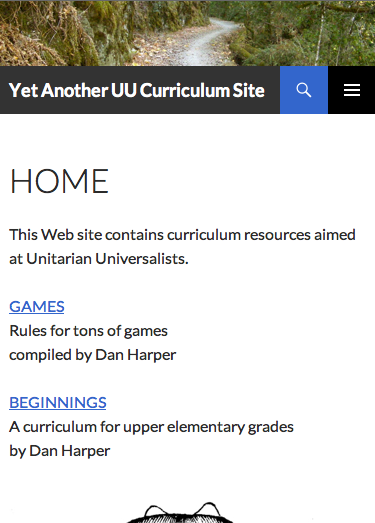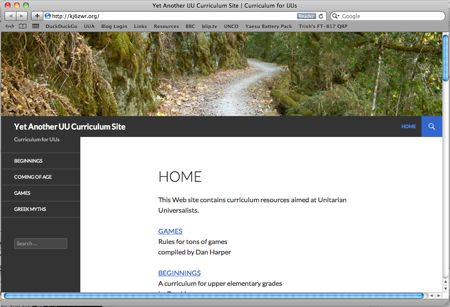I’m not keen on having anyone know my Web browsing habits; I’ll go into my motivations in the last paragraph of this post. I’ve taken the obvious steps to reduce the risks of being tracked online: using DuckDuckGo in private mode as my primary search engine, and Firefox as my Web browser. But online surveillance is only getting worse, and recently I decided to become more resistant to Web tracking.
I had already enabled private browsing and other privacy and security features in Firefox’s preferences, and I had already installed the Privacy Badger add-on in Firefox. I checked what I had done against a number of online privacy checklists (such as this one). Next step was to change advanced about:config settings based on this list.
Now I was ready to test my browser’s privacy using Panopticlick, an online service of the Electronic Frontier Foundation that checks if your browser is safe against tracking. My browser was blocking ads and invisible trackers, but it was not protecting against fingerprinting. Yikes! fingerprinting made it way too easy to track me online. So I installed the NoScript add-on in Firefox: problem solved. Now my browser runs a little differently from what I was used to, but the inconvenience is minor.
Why should anyone care about their Web browsing privacy? For my part, I don’t want to give my information away to for-profit companies: I don’t need targeted advertisements, and I don’t need them accumulating my data. And, in the increasingly polarized political climate of the U.S., even though a philosophical theologian like me should be reading Karl Marx’s works, or a speech by Fred Hampton, or theology essays by William R. Jones, there’s no reason to let others know about it. In short, I decided to give Big Tech (corporations, the Russians, the “Gummint,” whoever) as little information about myself as possible. You will make your own decision of what to do, from freely giving your browsing data away, to being very privacy-conscious by using something like the Tor browser. I suppose this is really an existential point: you define yourself by how much of your data you give away.



